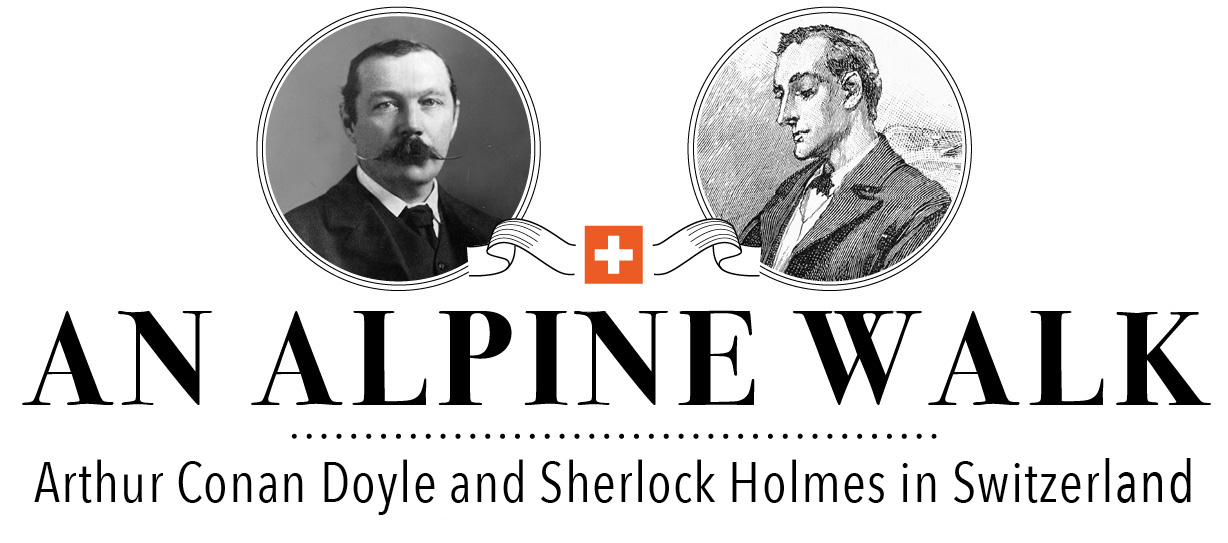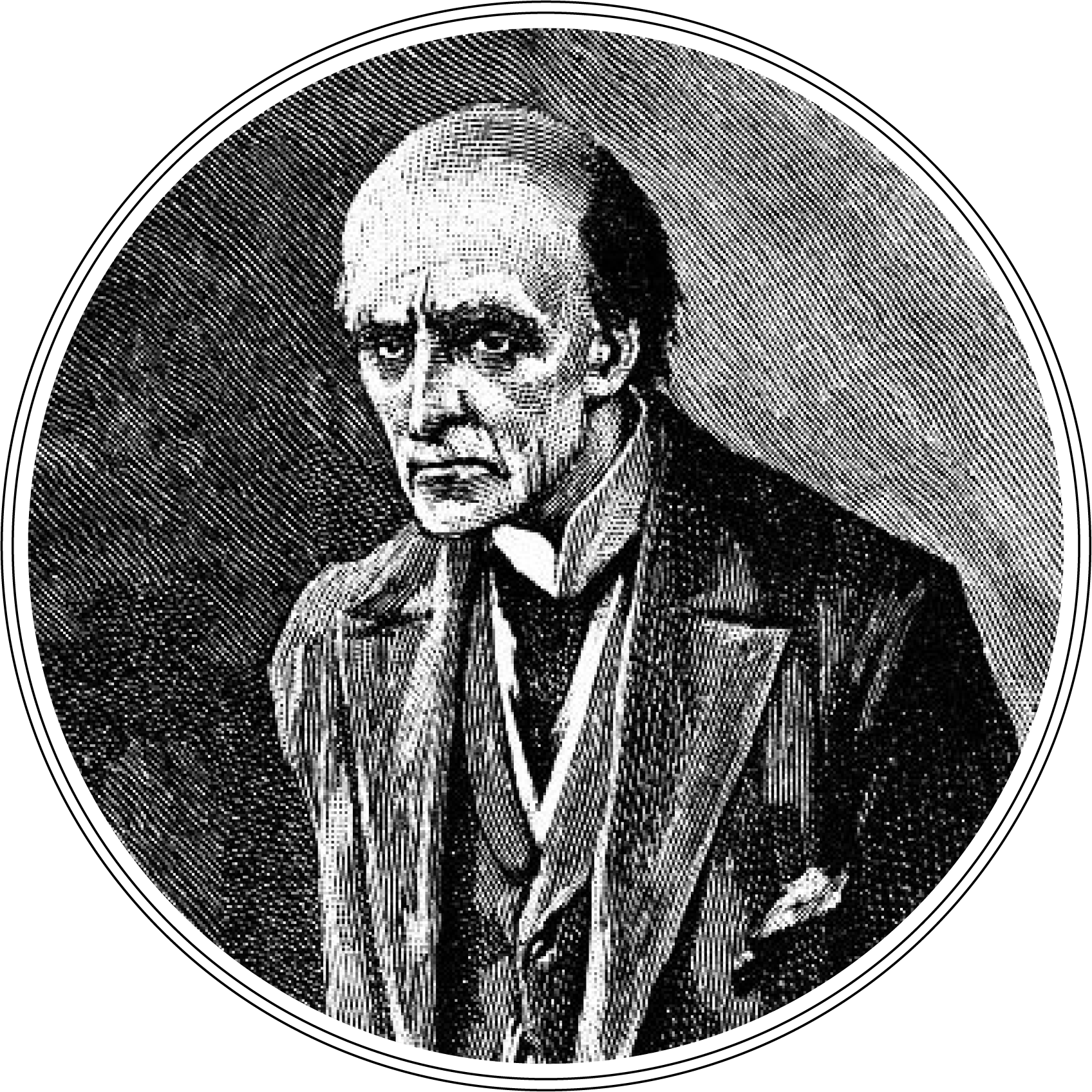The return of Sherlock Holmes
Sherlock Holmes turns out to be a character Conan Doyle finds it difficult to get rid of. Following Holmes’s disappearance at the Reichenbach Falls, his readers still hope for his resurrection, and in 1901, in the mists of Dartmoor, the figure of the detective temporarily reappears in what is probably the most famous novel by Arthur Conan Doyle, The Hound of the Baskervilles. Two years later, the news of the definitive return of Sherlock Holmes fills the public with joy.

A monstrous dog

Sidney Paget, “There in the corner lay the unhappy maid where she had fallen”, The Strand Magazine, August 1901 (Wikimedia Commons)
“ Fletcher Robinson came here with me and we are going to do a small book together ‘ The Hound of the Baskervilles ’ – a real Creeper. ”
Arthur Conan Doyle to his mother, [March 1901]
In 1900, returning from South Africa where he has worked as a doctor in the Langham Hospital during the Boer War, Conan Doyle sails back to England aboard the Briton. Among the passengers is Bertram Fletcher Robinson, journalist, writer and editor, with whom Conan Doyle has already struck up a friendship.
The two men will, a few months later, in March 1901, spend a few days at the Royal Links Hotel in Cromer, Norfolk. There Fletcher Robinson tells Conan Doyle the legend of an evil hound supposed to haunt the area of Dartmoor in Devon. This story sparks the imagination of the writer, and with Robinson, he devises the plot of a novel he intends to write. For this story, which needs a detective to unravel the mystery, the writer eventually decides to use the character of Sherlock Holmes, which will be a sure way to arise the interest of the readers.
Indeed, although he has killed off the detective seven years before, Conan Doyle has not entirely ruled out the possibility of writing new stories featuring Sherlock Holmes, stories that would come from the archives of the detective and therefore would not imply a real resurrection. The readers who follow the publication of The Hound of the Baskervilles in The Strand Magazine in instalments between August 1901 and April 1902 are not being misled : in the mind of his creator, Sherlock Holmes is still at the bottom of the Reichenbach falls, as this story takes place before his disappearance. But eventually, this brief comeback among the living will only precede by two years the real return of the detective, in whom the public still have a strong interest.
Fac-simile of a letter from Arthur Conan Doyle to his mother, [March 1901]. (BCU-Lausanne, IS 4314/1/2/1/1)
“ A Line to you, dear old Mammie, to say that I have had much good out of my 2 days here, where I have slept soundly at last. All goes well in every way. On Tuesday I give a dinner at the Athenaeum Club. My Guests are The Langmans, Major Griffiths, Sir Francis Jeune, Winston Churchill, Barrie, Anthony Hope, Norman Hapgood, Cranston (of Edinburgh), Gosse the Critic & Buckle (Editor of the Times) – rather a good team, I think.
Adieu, my dear – excuse this short scribble. Fletcher Robinson came here with me and we are going to do a small book together ‘The Hound of the Baskerville’ – a real Creeper.
Your own
A.
Fancy the official Gazette said that ‘The Langman Hospital under the capable Command of Mr O’Callaghan had done &c &c’. It will end by his being Knighted ! „
Sherlock Holme is alive !
In fact, the detective did not fall over the Reichenbach falls, as he tells Doctor Watson in 1894, three years after the event, when the detective startles his friend in his consulting room with a theatrical reappearance.
The Adventure of the Empty House, published in 1903, therefore marks the return of Sherlock Holmes who, having finally escaped safely from his fight against Professor Moriarty had, for his own safety, let the world believe in his death. After spending three years travelling the world, he finally settles back again in his lodgings at 221b Baker Street.
Thus, after ten years of adamant resolve, Arthur Conan Doyle eventually accepts the huge sum offered by the American magazine Collier’s Weekly for resurrecting Sherlock Holmes and producing a new set of adventures featuring the detective. Enough time has passed and Arthur Conan Doyle feels ready to write again about his character. After their publication in Collier’s and The Strand magazine, the thirteen short stories will be collected in The Return of Sherlock Holmes (1905). After that, the detective will again be the main character of nineteen short stories and one novel, published between 1908 and 1927. The manuscript of the last adventure of Sherlock Holmes to be published, The Adventure of Shoscombe Old Place is, incidentally, kept in Switzerland, at the Bibliothèque cantonale et universitaire – Lausanne (IS 4314/1/1/6).
“ It was as we suspected. That fall over the cliff did not make an end of Sherlock Holmes. ”
The St. James’s Gazette, 16 May 1903
Frederic Dorr Steele, cover of the magazine Collier’s Weekly, 26 September 1903 (The Arthur Conan Doyle Encyclopedia)
Is Professor Moriarty really dead ?
If Sherlock Holmes did return alive from the Reichenbach falls, could Professor Moriarty have escaped as well ? This is what troubles a man who, in a letter addressed to Mr. Sherlock Holmes, 10. [sic] Baker St., London and sent from Damascus in October 1956, writes :
“ Dear Sir,
I remember reading that Dr. [sic] Moriarty died some years ago in Switzerland. But only last night I was having a very quiet drink in Freddies’ Bar in Damascus and a person arrived who introduced himself as the famous Dr. Moriarty. How can this be and is my new friend an imposter ? „
Retranscription from a copy of a letter addressed to Sherlock Holmes. (BCU-Lausanne, IS 4314/1/5/1)
Sidney Paget, “Professor Moriarty stood before me”, The Strand Magazine, December 1893 (Wikimedia Commons)
Next chapter (6/6) →
← Previous chapter (4/6)






![lettre_HOUN_1 Letter from Arthur Conan Doyle to his mother [March 1901] (recto)](https://fondation-sir-acd-expo.ch/wp-content/uploads/2023/06/lettre_HOUN_1.jpg)
![lettre_HOUN_2 Letter from Arthur Conan Doyle to his mother [March 1901] (verso)](https://fondation-sir-acd-expo.ch/wp-content/uploads/2023/06/lettre_HOUN_2.jpg)

